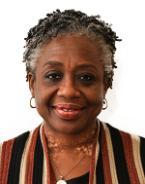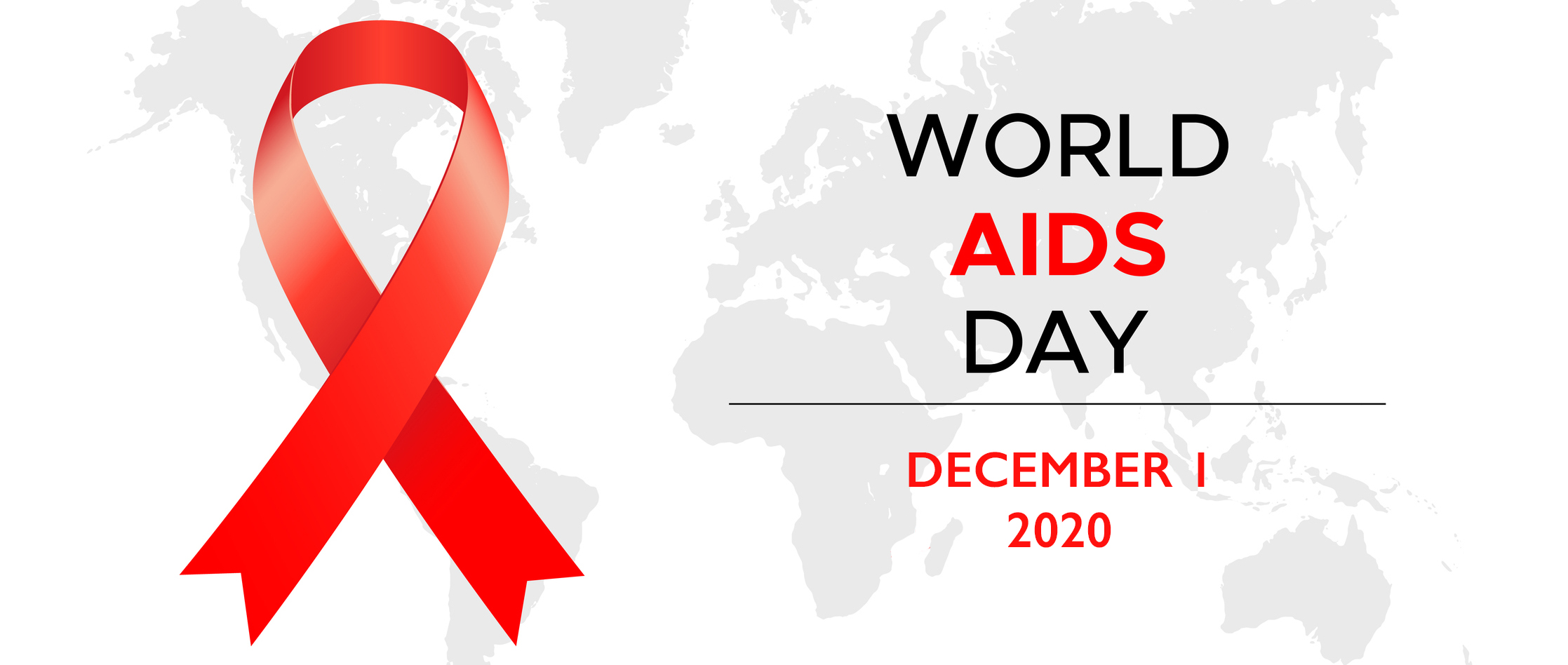Nigeria
 By Sylvia Adebajo, MBBS, MPH, MSc, PhD
By Sylvia Adebajo, MBBS, MPH, MSc, PhD
Nigeria Country Director
Nigeria has had an interesting journey since the first two cases of AIDS were reported in 1985. The HIV/AIDS epidemic grew steadily from a national prevalence of 1.8% in 1991 to a peak of 5.8% in 2001 before a fluctuating decline to 1.4% in 2018. Currently, the number of persons living with HIV (PLHIV) is estimated at 1.9 million with approximately 130,000 new HIV infections, 53,000 AIDS-related deaths, 1 million persons on life-long antiretroviral treatment (ART), and an unmet need of 44% for ART. To accelerate the journey towards epidemic control, it is imperative to have the best intelligence to inform program design and interventions both at the population and individual levels.
Over time, the Government of Nigeria (GoN) with the support of civil societies, donor agencies, and development partners rolled out several initiatives to guide the multi-sectoral response to HIV/AIDS. These initiatives included the inauguration of the National Expert Advisory Committee on AIDS (NEACA) in 1986, followed by the establishment of the National AIDS and STI Control Program (NASCP) in 1988 by the Federal Ministry of Health (FMoH), the President’s Committee on AIDS (PCA) in 1999, and the creation of the National Action Committee on AIDS (NACA) in 2001 to coordinate the multisectoral response, which was renamed the National Agency for the Control of AIDS (NACA) in 2007 to strengthen its coordination. Currently, there is a National Strategic Plan 2017-2021 with a broad goal to “fast-track the national response towards ending AIDS in Nigeria by 2030” in line with the UNAIDS investment framework.
Progress in Prevention and Treatment of HIV
The last five years have witnessed a remarkable expansion in the country’s HIV response following the implementation of innovative interventions by the Nigerian Government and its partners. Successful strategies deployed to halt and reverse the HIV epidemic included adopting the "test and treat" policy, decentralization of facilities providing ART services, utilization of differentiated models of care and index partner testing. At the same time, numbers of treatment, prevention of mother-to-child transmission, and HIV testing and counseling sites were increased in multiple-fold across the country. As a result, a total of 11.3 million adults were counselled and tested for HIV in 2016, four times as many as in 2012. With these improvemens and the adoption of the test and treat policy in Nigeria in 2017, there has been steady progress in increasing access to treatment for PLHIV. From 2010 to 2018, the country almost tripled the number of PLHIV having access to antiretroviral therapy, up from 360,000 people in 2010 to more than 1 million people in 2018.
For more than 15 years, the University of Maryland, Baltimore has been a key partner of the FMoH and PEPFAR Nigeria and her agencies in monitoring, evaluating, and enhancing the global health security agenda for Nigeria. Recently through this collaboration, the Ciheb Nigeria country office successfully conducted the National AIDS Indicator and Impact Survey (NAIIS) that recalibrated the HIV prevalence in Nigeria in 2018.
Since 2015, Ciheb has supported and strengthened the implementation of HIV programs through its Strengthening HIV Field Epidemiology Infectious disease surveillance and Laboratory Diagnosis (SHIELD) grant to support HIV/AIDS program monitoring, reporting, and evaluation systems, thereby improving the quality of HIV service delivery to rapidly increase progress towards epidemic control. Ciheb supports the maintenance, management, implementation, and enhancement of the National Data Repository (NDR), the Nigeria Medical Records System (NMRS), and the interoperability layer necessary for other systems to exchange data with the NDR which currently receives patient-level data from about 2,000 facilities comprised of 2 million patient records. With the support and data quality assurance services provided to deduplicate patients, the NDR has over 1.2 million PLHIV currently on treatment.
Furthermore, with the concerted efforts of PEPFAR partners, the GoN prioritized 11 states for ART in its “surge” response based on the NAIIS prevalence findings and unmet need for ART. This has enabled the GoN to significantly expand ART coverage in Nigeria between April 2019 and March 2020.
Responding to COVID-19
This year has tested the nation’s capacity to respond to the highly transmittable SARS-CoV-2, first reported in February 2020. Ciheb was on the frontlines of battling the outbreak, supporting the Nigeria Center for Disease Control (NCDC) in their pandemic response efforts. The resulting restrictions of travel and movement, fear, and stigma led to a decline in HIV case finding and client retention due to limited access to HIV prevention, care, and treatment services especially by PLHIV on treatment. In response, the GoN, through PEPFAR Nigeria, developed guidance for controlling the spread of the infection among PLHIV and healthcare workers and for sustaining HIV prevention, care, and treatment services. Some innovative strategies deployed include virtual meetings, trainings, and mentoring using the ECHO platform; community HIV testing with increased access to men; scale up of multi-month ARV dispensing; home delivery of ARVs to defaulters; designation of viral load collection centers; and real-time data monitoring using dashboard analytics from the NDR, surge dashboard, and other data sources with timely feedback for program improvement. With these timely interventions, the GON and PEPFAR implementing partners in Nigeria recorded its best performance ever in increasing new enrollments on ART.
While we have made important gains in fighting COVID-19 in Nigeria, it has become abundantly clear that no one is in this fight alone. Although Nigeria’s journey toward HIV epidemic control had a fitful start, the goal of meeting the global target of eliminating AIDS by 2030 may indeed be achieved with strong political will and coupled with the concerted efforts of partners, civil society, and donors. It is thus especially fitting that the theme of this year’s World AIDS Day is “global solidarity, shared responsibility.”
To commemorate World AIDS Day and its theme, Ciheb Nigeria will be supporting NACA with funding received from the US Centers for Disease Control and Prevention to organize a workshop that brings together a broad array of government and non-governmental partners and community representatives to discuss how the NDR can be harnessed as a veritable resource for achieving HIV epidemic control. We know we are all in this together.
Country Director Dr. Sylvia Adebajo is a public health physician with a background in communicable disease epidemiology (primarily HIV) with a career spanning more than two decades in health system research, program design, and evaluation and leadership.
Return to World AIDS Day 2020 main page.



